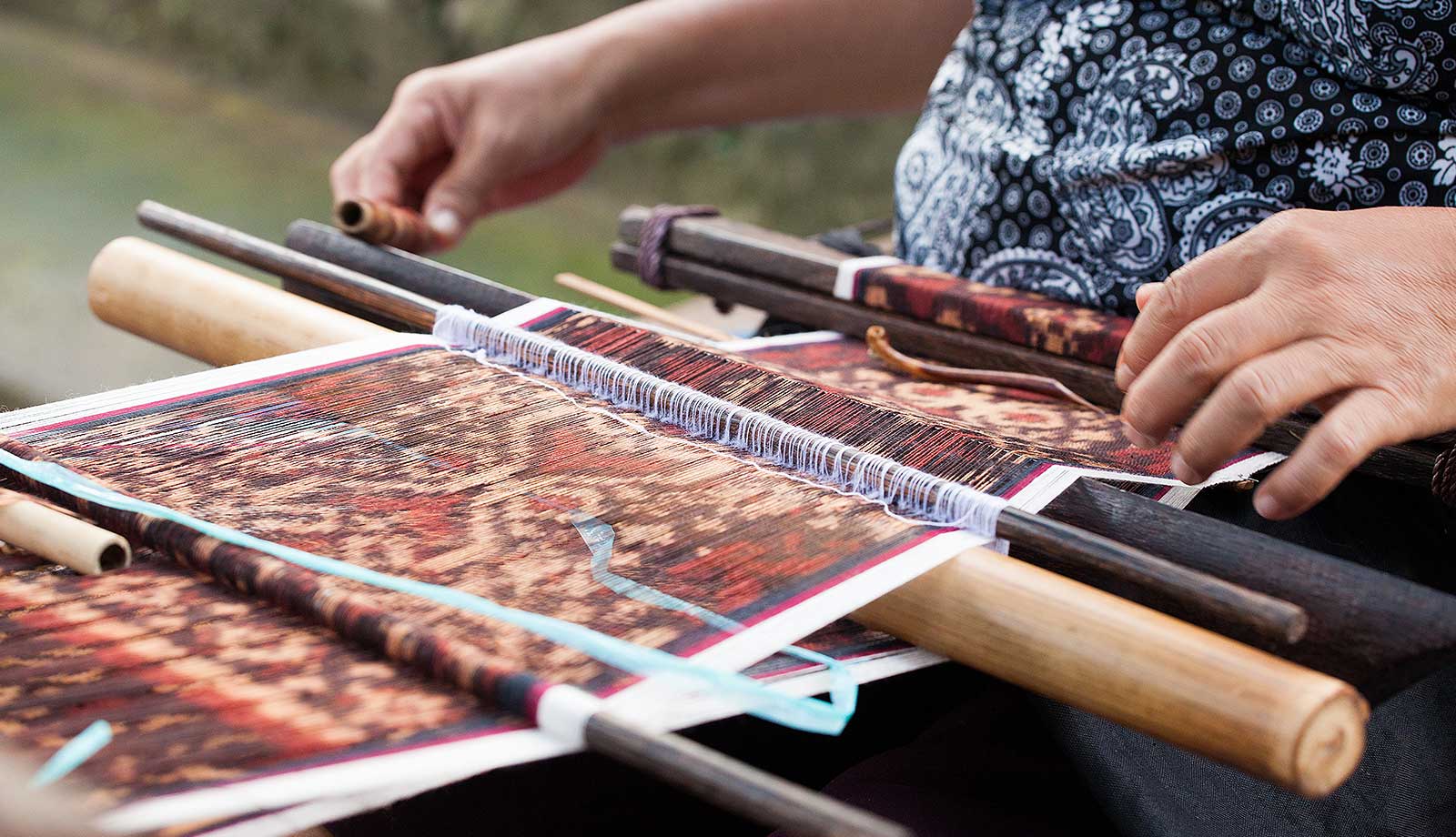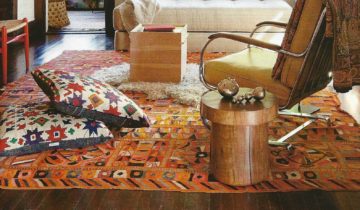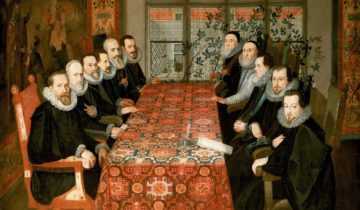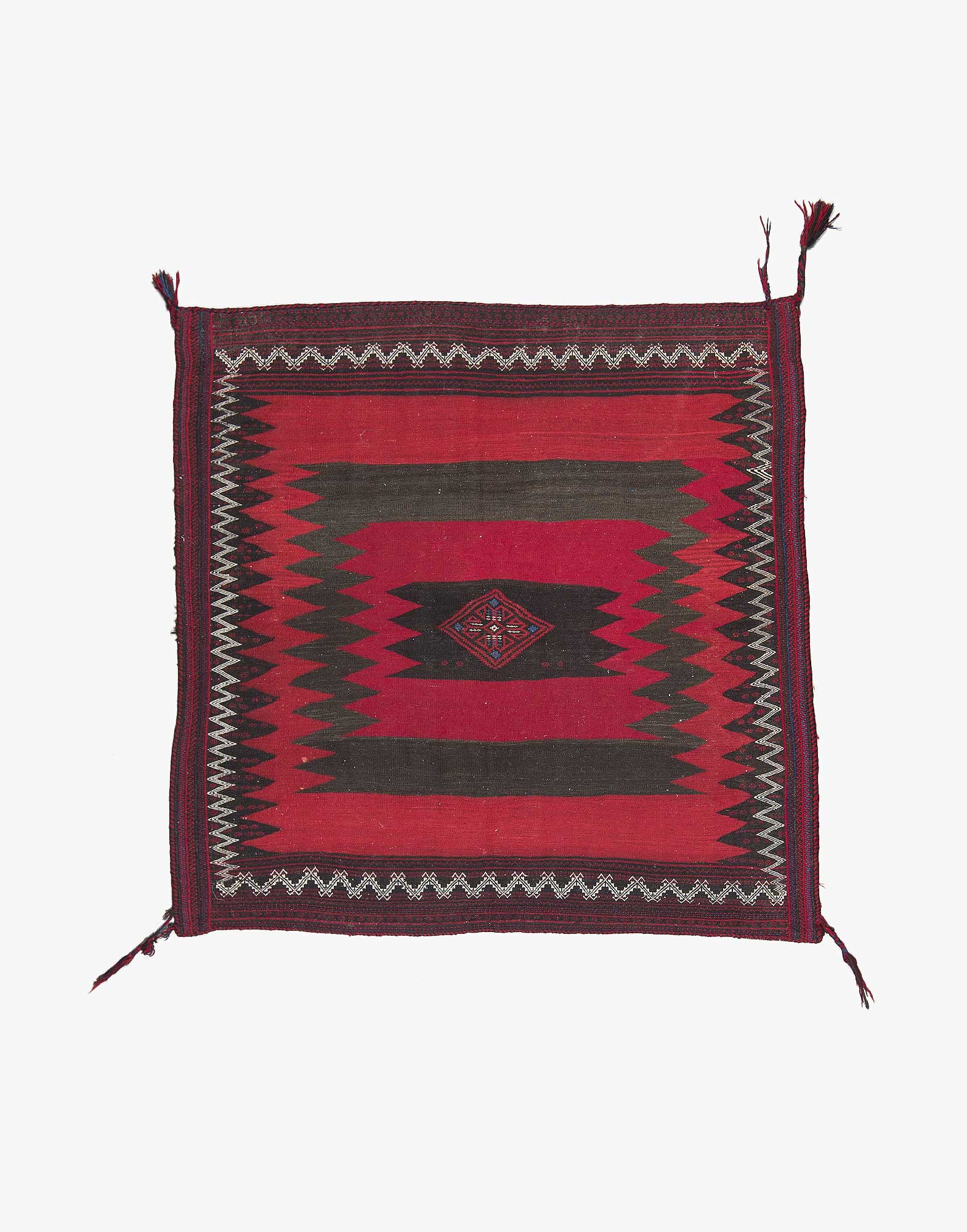“Ikat” is a word that etymologically derives from Malaysian meaning “to tie”, due to the way that loose threads are tied into bundles. It’s a very complex process, but despite this it’s still a very common technique that appears have developed independently in many different places within many different cultures, ranging from South America to Yemen to East Asia and, of course, finally along the Silk Road with the nomadic Turkic tribes. These tribes in Central Asia favor a look that makes the images less clear, literally called “cloud” or “abra” where the dyes bleed a bit into the resist areas.
Westerners were first introduced to ikats along the Silk Road and they quickly became status symbols both for the people of the Silk Road (particularly in what is modern-day Uzbekistan) but also in the West, where travelers and merchants brought back these lovely objects and traded them in the West. Even today, ikats are still inspirational and are often compared to the modern form of tye-dye t-shirts!





